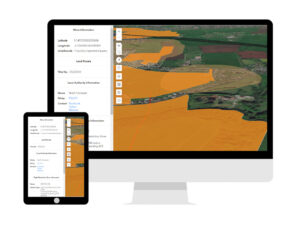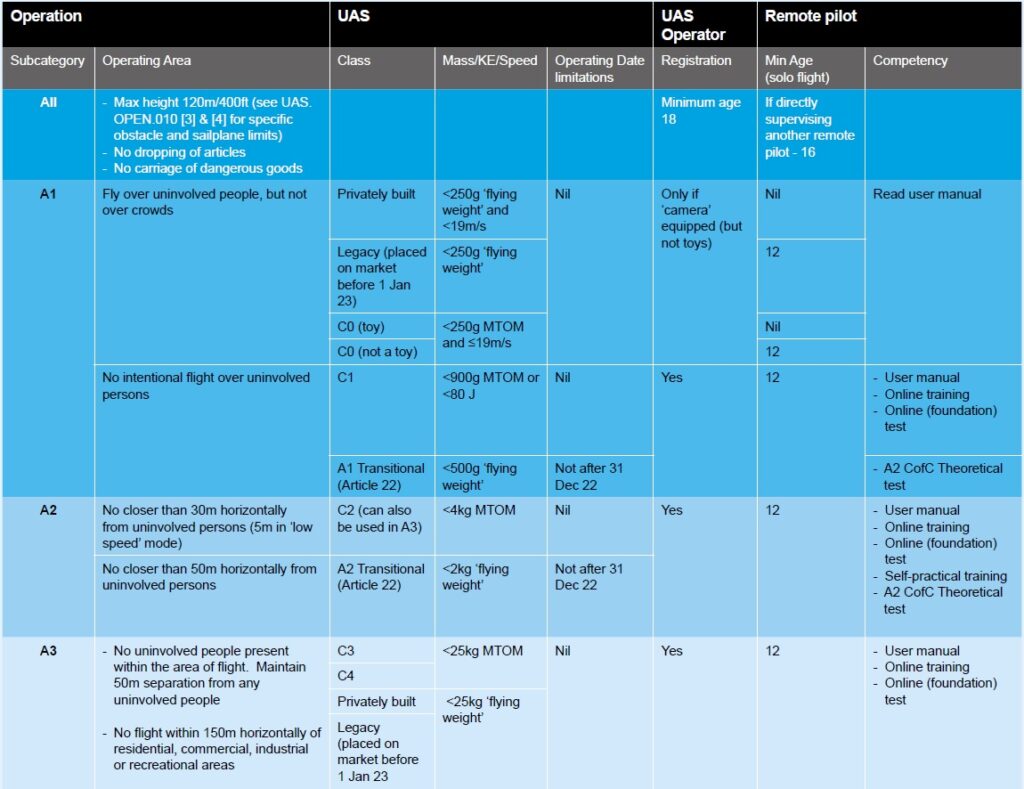Bradford Estates opens for drone R&D
Finding suitable sites for drone operations can be a challenging task. With £65M in investment now available through the Future Flight Phase 3 competition, companies submitting applications should consider Bradford Estates in the West Midlands. The estate has just opened to applications for drone flight through its Drone Access Policy. The site offers an ideal location for carrying out drone research and testing.
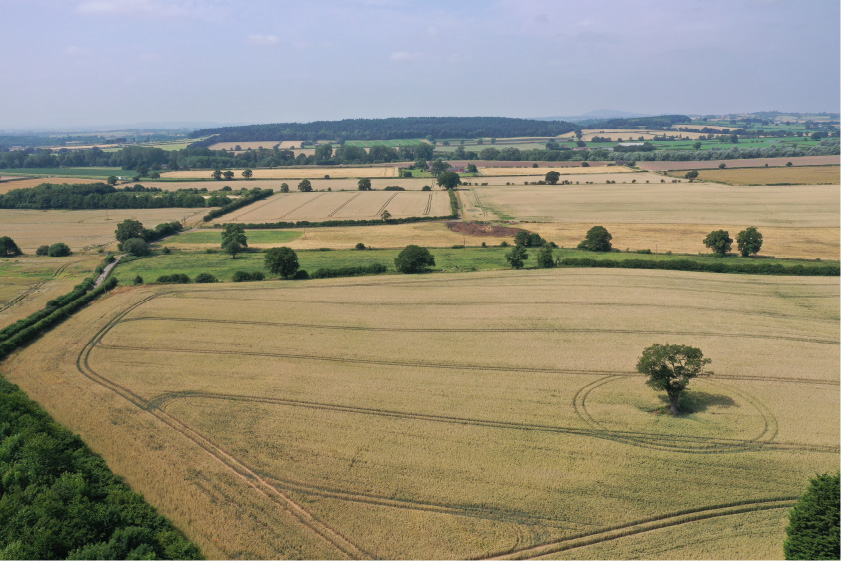
Bradford Estates has recently signed up to a Drone Access Policy for three unique areas of their site. The estate is located on the border of Shropshire and Staffordshire.
Just over 3,000 acres – one-quarter of the 12,000-acre site – will be available for drone R&D projects. Bradford Estates has adopted a progressive approach to encourage innovation in the region.
The sites feature majority arable land, with access to secure storage, power, and both outdoor and indoor facilities.
Located away from major airports, the quiet airspace could provide the perfect solution for anyone looking for outdoor testing sites.
The site is located just 30 miles northwest of Birmingham and is easily accessible from the M54 and M6.
As a forward thinking business, we welcome the advancement of technology. We are therefore keen to entertain proposals to use Bradford Estates land to assist in the development of drones and robots. We are happy to provide a bespoke package tailored to the needs of the individual project and look forward to welcoming you to Bradford Estates!
– Rob Paul, Estates Director
Bradford Estates is open to R&D opportunities, click the link below to see their full Access Policy.
For further details of this and other available sites contact DronePrep: support@droneprep.uk
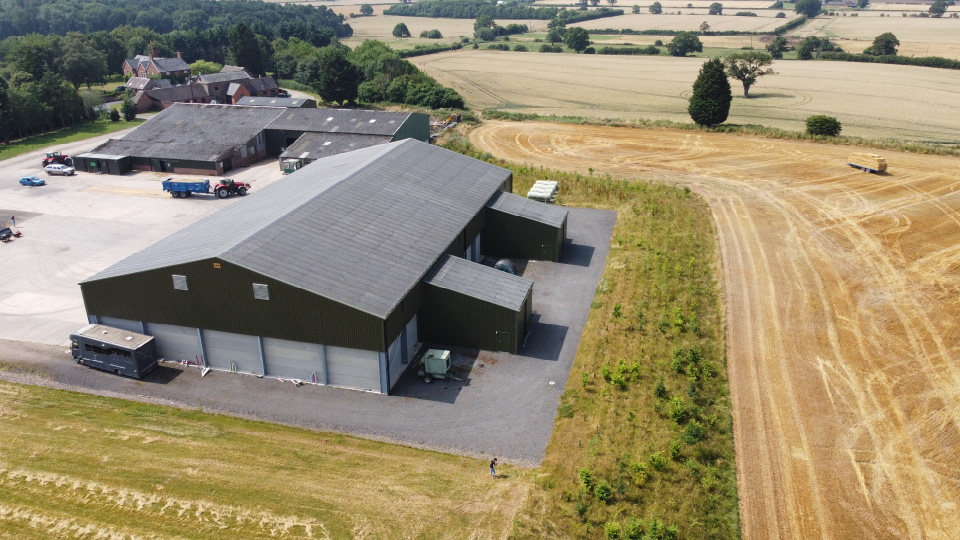
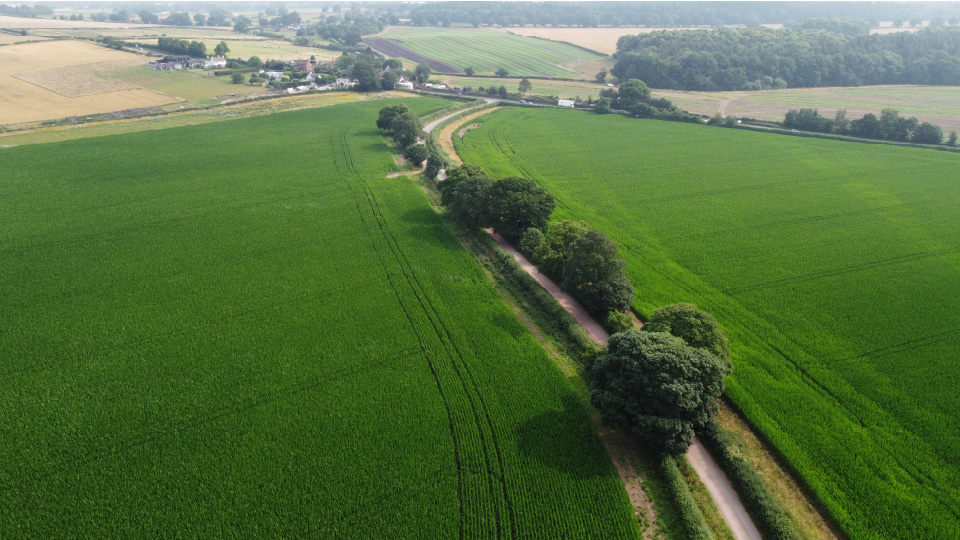
The DronePrep Map
Bradford Estates is the latest landowner to join our Platform. Check out The DronePrep Map to find other great locations for commercial drone use.
